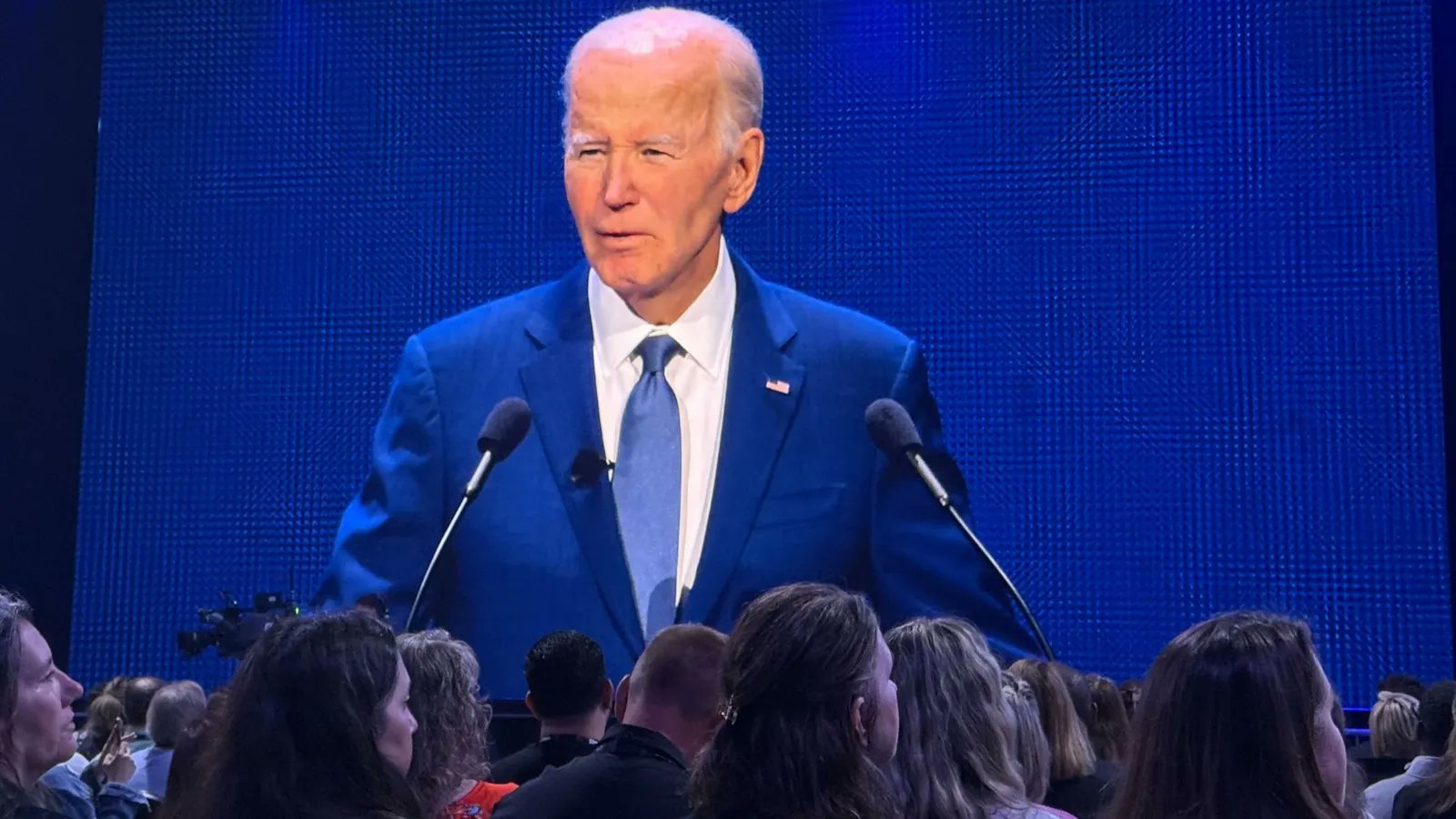 HR professionals
HR professionals
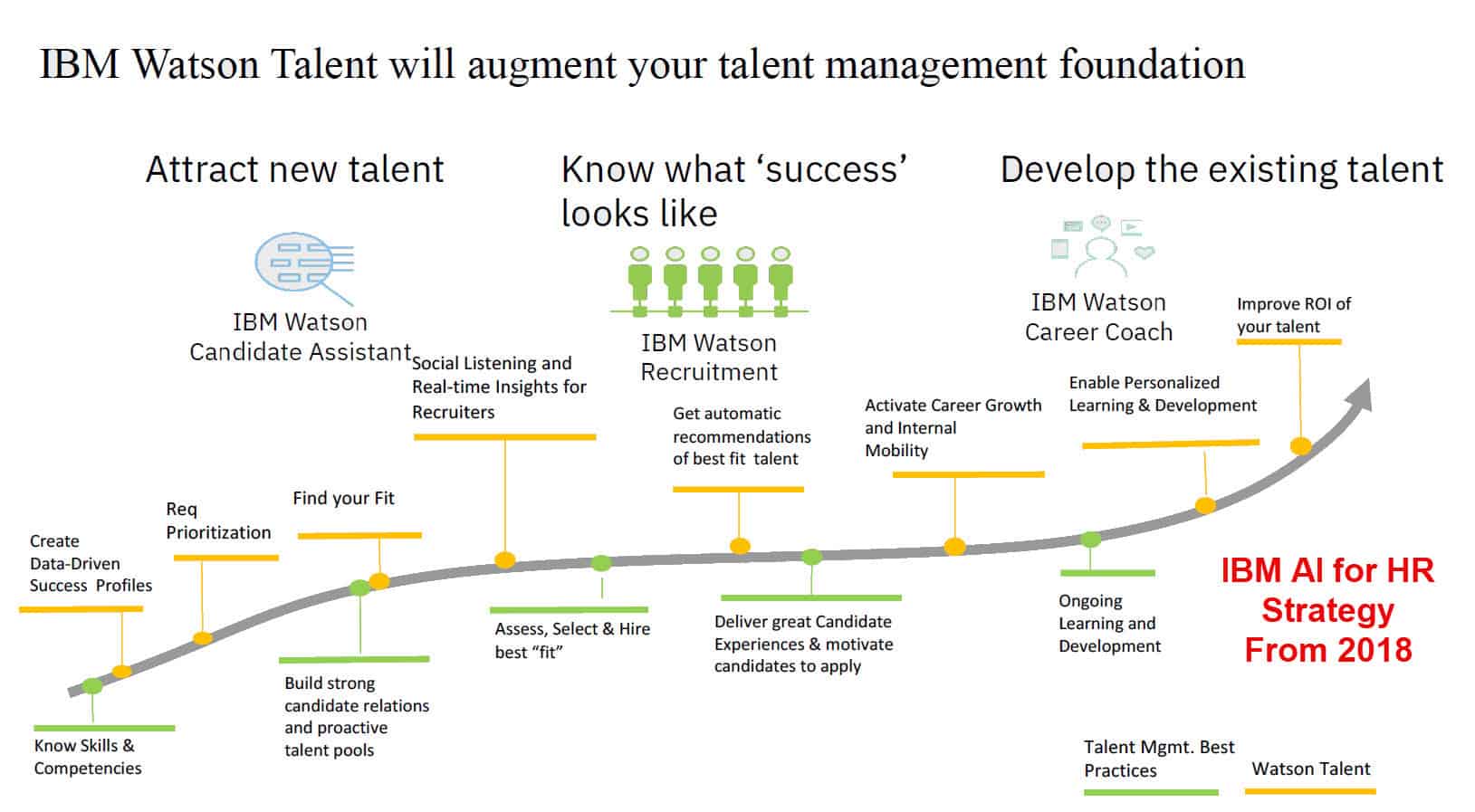 HR professionals
HR professionals
 HR professionals
HR professionals
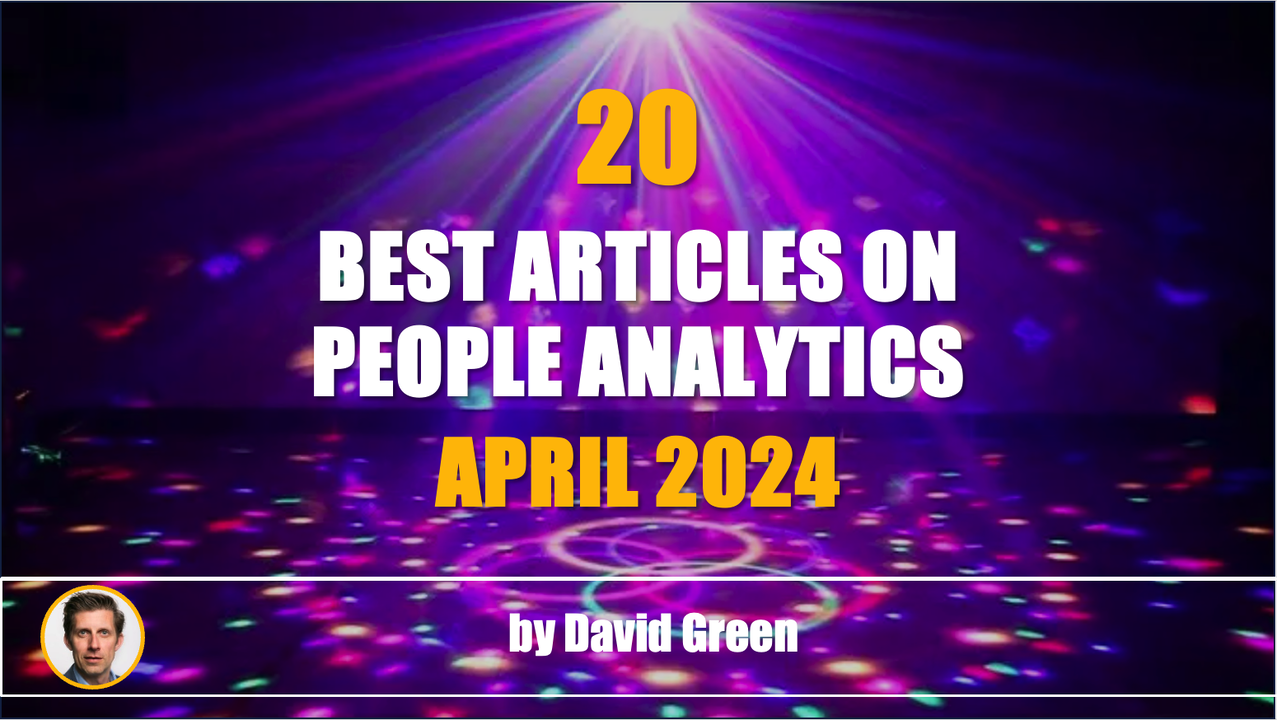 HR professionals
HR professionals
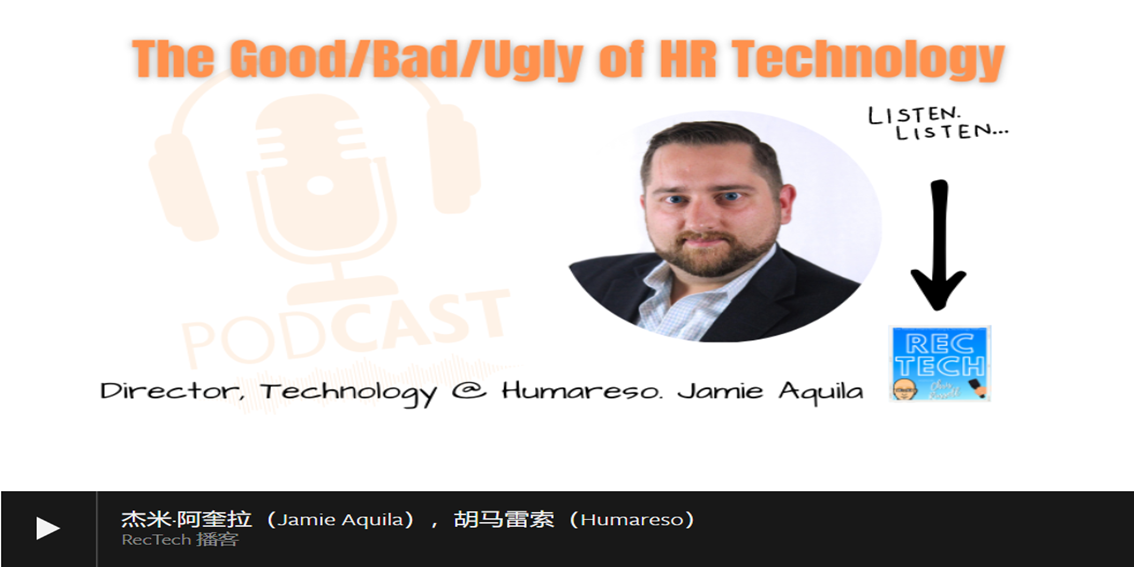 HR professionals
HR professionals
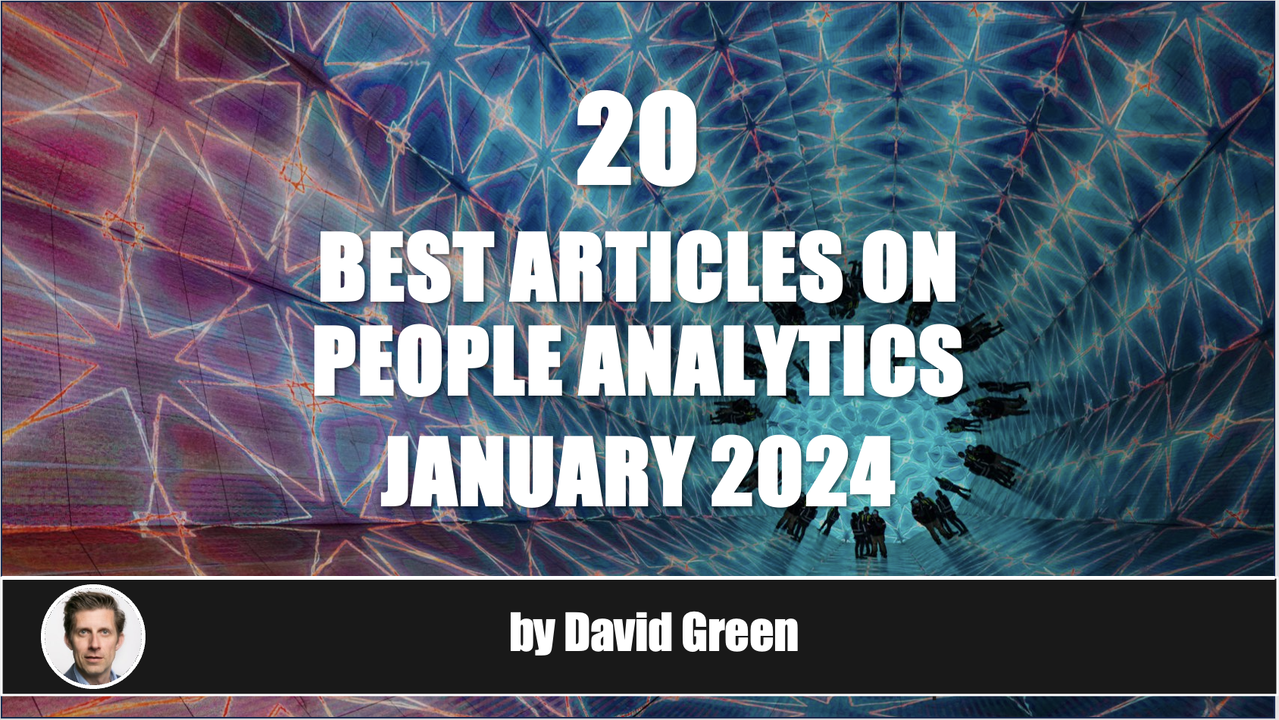 HR professionals
HR professionals
 HR professionals
HR professionals
 HR professionals
HR professionals
 HR professionals
HR professionals





 扫一扫
添加客服
扫一扫
添加客服




